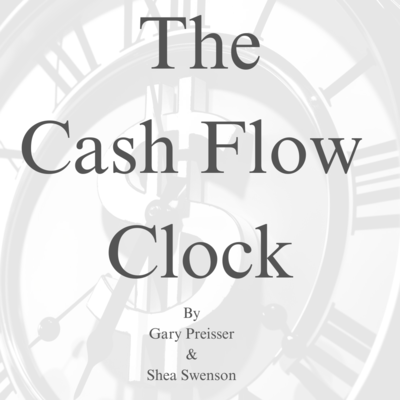The Cash Flow Clock: For Retirees - Book - Page 32

The Cash Flow Clock
Tax Buckets
In order to best utilize the information provided by a Tax Forecast, we need
at least a basic understanding of how taxes affect us.
The tax code is one of the most complicated documents that exists. It has
over 3.7 million words and is full of sections, codes, and loopholes. The
core of the tax code, however, is pretty simple.
Most income is taxed in three ways:
1. Long-Term Capital Gains – These are assets that have been earned,
taxed, and invested. As the assets grow, no tax is owed. But when the
investment is sold, the growth is taxed. If investments are held for
longer than a year, the gains are subject to long-term capital gains tax
rates instead of ordinary income rates. The highest long term capital
gains rate is 23.8%, but most investors pay 15%, or even 0%. Taxes on
long term capital gains are always less than ordinary income tax rates.
This is one of the reasons the wealthy prefer to be taxed in this bucket.
These non-qualified (i.e., not in a tax deferred or tax free account) assets
have additional benefits. When they are inherited, the beneficiaries
receive a step up in cost basis to the fair market value at the time of death
without paying any capital gains taxes. It is as if your beneficiaries
bought the asset at the value it has when you pass. There is no tax on
the growth you experienced during your lifetime. This is one of the only
taxes that can be avoided by dying. This is not because the asset is in a
trust. Trusts do not change the tax treatment of an asset. It is simply
because the asset is non-qualified.
If the asset is sold immediately, there is no tax liability. If sold later, the
only tax will be on any gains since the time of death. This is a very
efficient way to pass assets to the next generation, another reason why
the wealthy use this tax bucket.
2. Ordinary Income – Most income (wages, self-employment, rental
income, short-term capital gains, dividends, pensions, Social Security
28